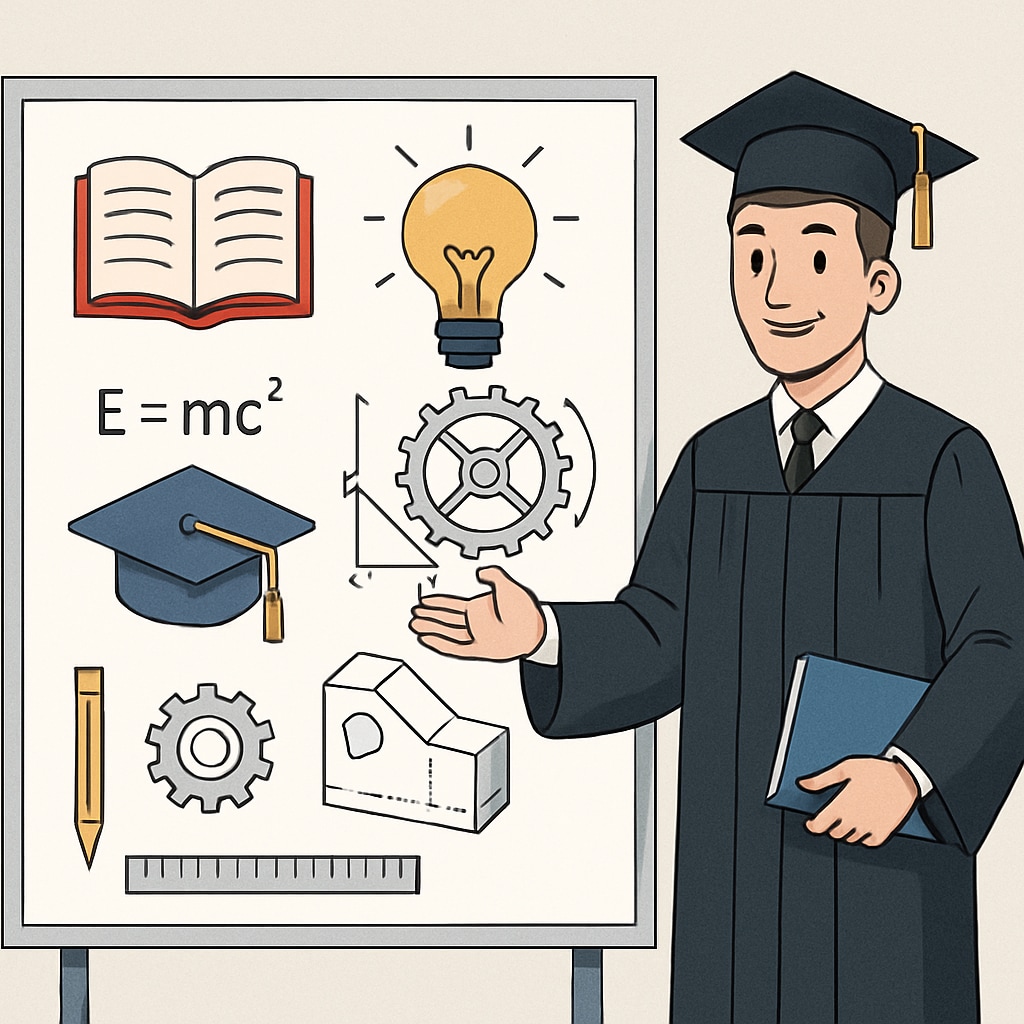Balancing the pursuit of an education degree and an engineering degree may seem ambitious, but the combination can create professionals uniquely skilled to bridge the gap between technical innovation and effective teaching. This dual-degree pathway enables individuals to contribute to STEM education (Science, Technology, Engineering, and Mathematics) in innovative ways, fostering a new generation of problem-solvers. While the journey to achieve this dual expertise is challenging, it is also incredibly rewarding.
Why Combine Education and Engineering Degrees?
In today’s rapidly evolving world, interdisciplinary professionals are in high demand. Combining education and engineering degrees equips individuals with the technical expertise of engineering and the pedagogical skills of education. This dual focus is especially beneficial for those interested in improving STEM education or designing educational technologies.
For example, engineering graduates often possess advanced problem-solving skills, but they may lack the tools to convey these concepts effectively to diverse learners. By adding an education degree, these professionals can become adept at curriculum design, classroom management, and instructional strategies, making them invaluable in educational institutions or STEM outreach programs.

The Feasibility of Dual-Degree Programs
Many universities recognize the value of interdisciplinary studies and offer structured dual-degree programs. Typically, these programs are designed to minimize redundancy, allowing students to complete two degrees within five to six years, compared to the traditional eight years required for separate degrees. However, feasibility depends on several factors:
- Program Design: Some institutions offer predefined pathways that integrate education and engineering courses, while others allow students to tailor their curriculum.
- Credit Overlap: Universities often allow overlapping courses to count toward both degrees, reducing the total number of credits required.
- Time Management: Balancing the demanding coursework of two disciplines requires excellent organizational skills.
Institutions like Purdue University and Stanford University are well-known for their interdisciplinary engineering and education programs. For more details, you can explore resources like Education on Britannica and Engineering on Wikipedia.
Benefits of Pursuing Dual Degrees
While challenging, the benefits of earning dual degrees in education and engineering are substantial. Here are some key advantages:
- Enhanced Career Opportunities: Graduates can work in diverse fields, including STEM education, educational technology, and corporate training.
- Impactful Contributions: With expertise in both education and engineering, professionals can design effective STEM curricula or develop innovative educational tools.
- Interdisciplinary Perspective: Combining technical and teaching skills fosters creativity and adaptability in addressing complex challenges.
In addition, this pathway prepares individuals for leadership roles in academia, policy-making, and industry, where interdisciplinary knowledge is increasingly valued.

Challenges to Consider
Pursuing dual degrees is not without its hurdles. Prospective students should anticipate the following challenges:
- Intense Workload: Managing the demands of two rigorous disciplines can be overwhelming.
- Financial Constraints: Extended study durations may increase tuition costs, requiring careful financial planning.
- Limited Social Life: Balancing coursework, projects, and internships may leave little time for extracurricular activities.
Despite these challenges, proper time management and support networks can help students succeed. Universities often provide resources like academic advisors and peer mentoring programs to assist dual-degree candidates.
Who Should Pursue This Path?
A dual degree in education and engineering is ideal for individuals passionate about both fields. It is particularly suitable for:
- STEM educators seeking to deepen their technical knowledge.
- Engineers interested in transitioning to teaching or training roles.
- Entrepreneurs aiming to create educational technologies or STEM-focused businesses.
Before committing to this path, it is essential to evaluate personal interests, career goals, and the resources available at prospective universities.
Conclusion
Pursuing dual degrees in education and engineering may be demanding, but it offers unparalleled opportunities to impact the STEM education landscape. By combining technical expertise with teaching skills, graduates can bridge the gap between innovation and education, preparing students to thrive in a technology-driven world. With proper planning and determination, this interdisciplinary journey can lead to a fulfilling and impactful career.
Readability guidance: Short paragraphs and clear subheadings enhance readability. Lists summarize key points for easy understanding. The article balances active and passive voice, with varied transitions ensuring smooth flow.


